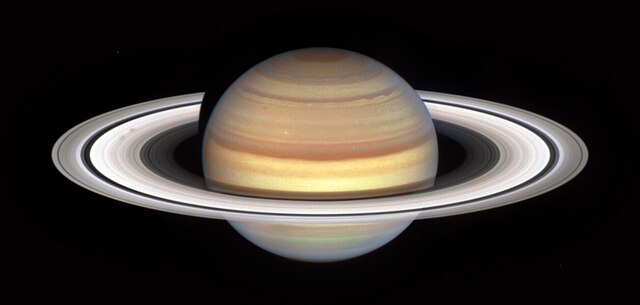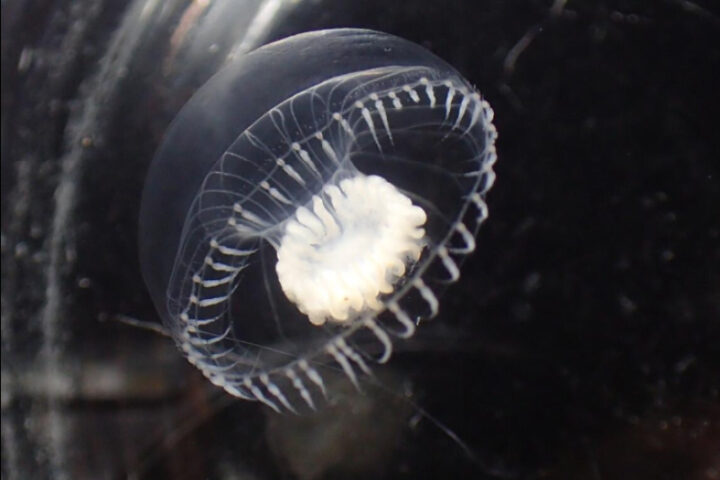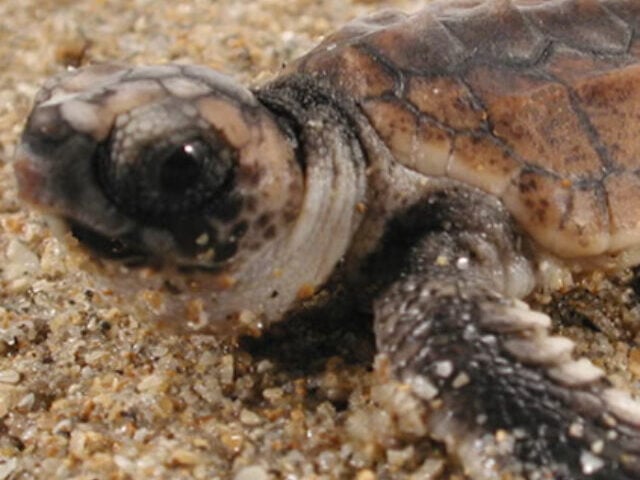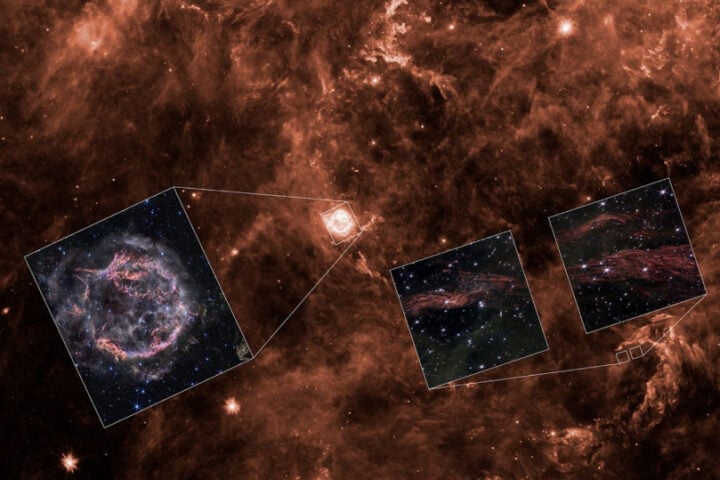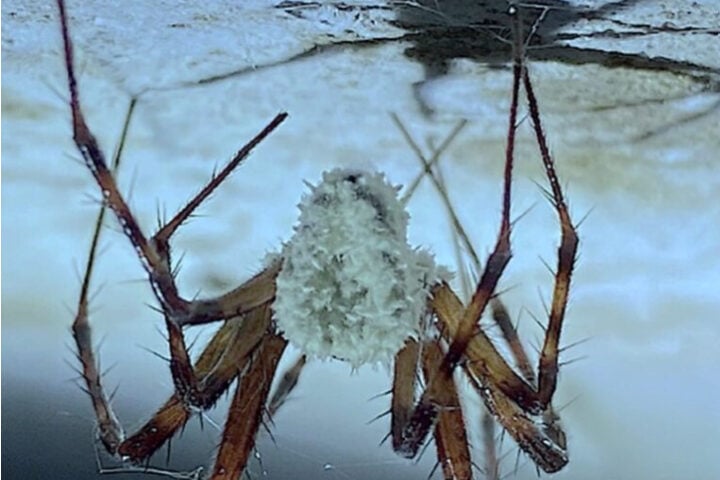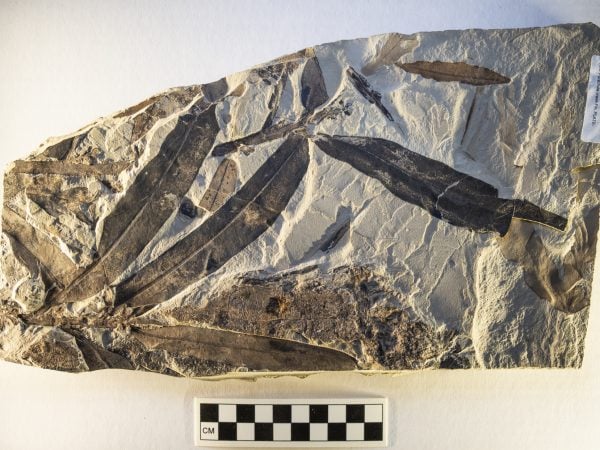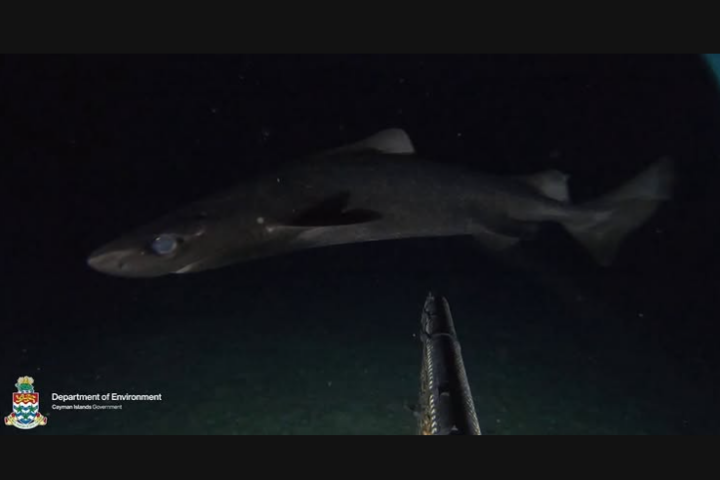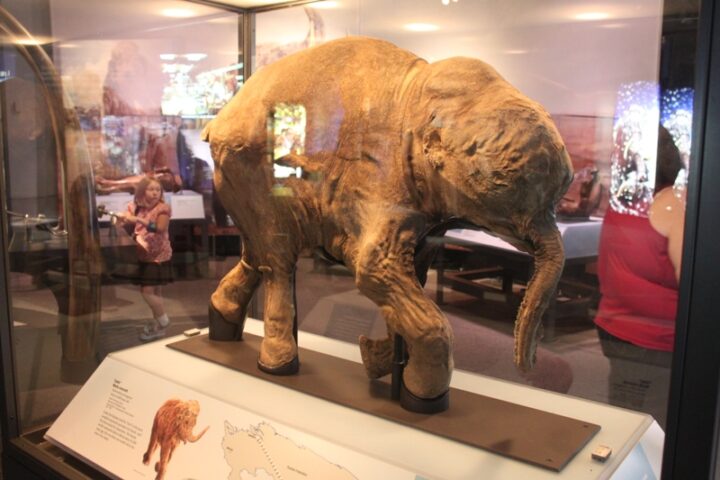The Antarctic depths have unveiled a new, eerie species: the Antarctic strawberry feather star. Bearing a striking resemblance to the face hugger from the Alien franchise, this creature is a testament to the ocean’s mysteries. This isn’t a fleeting sighting; researchers have been observing this creature in Antarctic waters since 2008. Spanning almost a decade, sightings from 2008 to 2017 were analyzed to confirm the existence of this unique species. Its name, the Antarctic strawberry feather star, is derived from its uncanny resemblance to a miscolored strawberry.
However, it’s not just a fruit look-alike; it boasts 20 long arms extending from its bulbous core. These arms, eerily similar to those of jellyfish and squid, showcase the vast diversity of marine life. To truly grasp the extent of marine biodiversity, researchers emphasize the need for scalable DNA specimens and samples. The ocean continues to surprise us, with discoveries ranging from the Antarctic strawberry feather star to bizarre blue goop face hugger creatures. The vast oceans remain a treasure trove of unknown species, with killer whales and their unique behaviors being just the tip of the iceberg. A particular killer whale, following an incident with a boat, seems to be driving a new phenomenon: attacking boats off Europe’s coast.
The Antarctic strawberry feather star is the latest in a series of revelations about the diverse and sometimes eerie inhabitants of our oceans. This groundbreaking discovery was made by a team from the University of California, San Diego. Located thousands of feet below sea level, this creature can stretch up to eight inches with its 20 astonishing arms. Greg Rouse, a marine biology professor, led the research team that brought this creature to the limelight. The creature’s unique appearance is attributed to its cirri, tiny tentacles with claws that anchor it to the seabed. Its long, feather-like arms, which grant it mobility, rise majestically from its strawberry-like body.
Similar Post
The Antarctic strawberry feather star belongs to the Crinoidea class, which includes starfish and sea cucumbers. Officially christened Promachocrinus fragarius, it’s a proud member of the expansive feather star family. While most feather stars have 10 arms, this discovery has expanded the category, adding new species and rectifying past misclassifications. The research combined novel DNA-based assessments with traditional categorization methods based on pigmentation and body structures. The University of California’s lab is a hub of discovery, identifying up to 15 new species annually. However, naming these species is a labor-intensive task, as highlighted by Rouse in his conversation with Insider.
The Antarctic strawberry feather star’s discovery underscores the vast, uncharted territories of our oceans waiting to be explored. Each dive into the Antarctic waters brings with it the promise of new species, reshaping our understanding of marine biodiversity. As we delve deeper into the ocean’s abyss, we’re constantly reminded of the wonders and enigmas it holds. The Antarctic strawberry feather star is a testament to nature’s ability to amaze, challenge, and inspire us.





